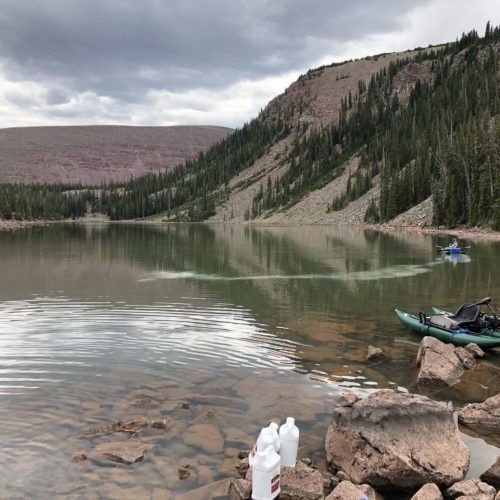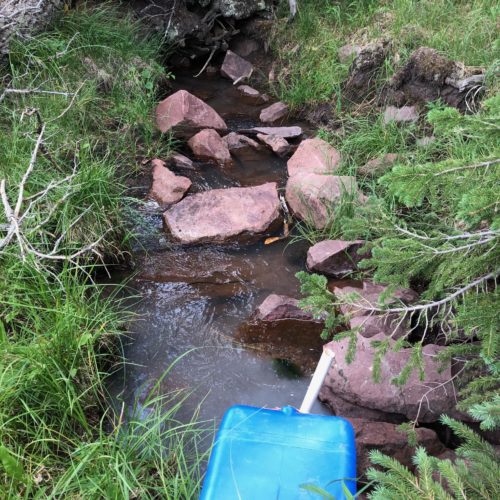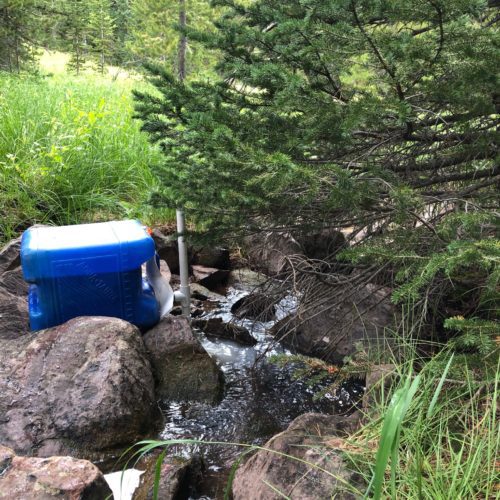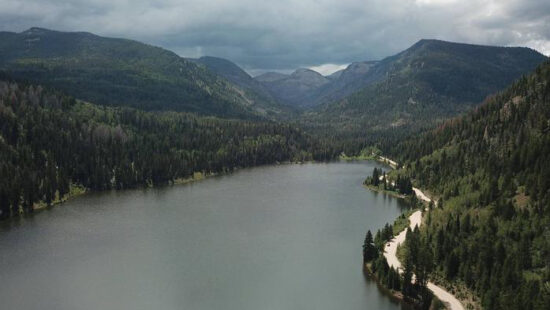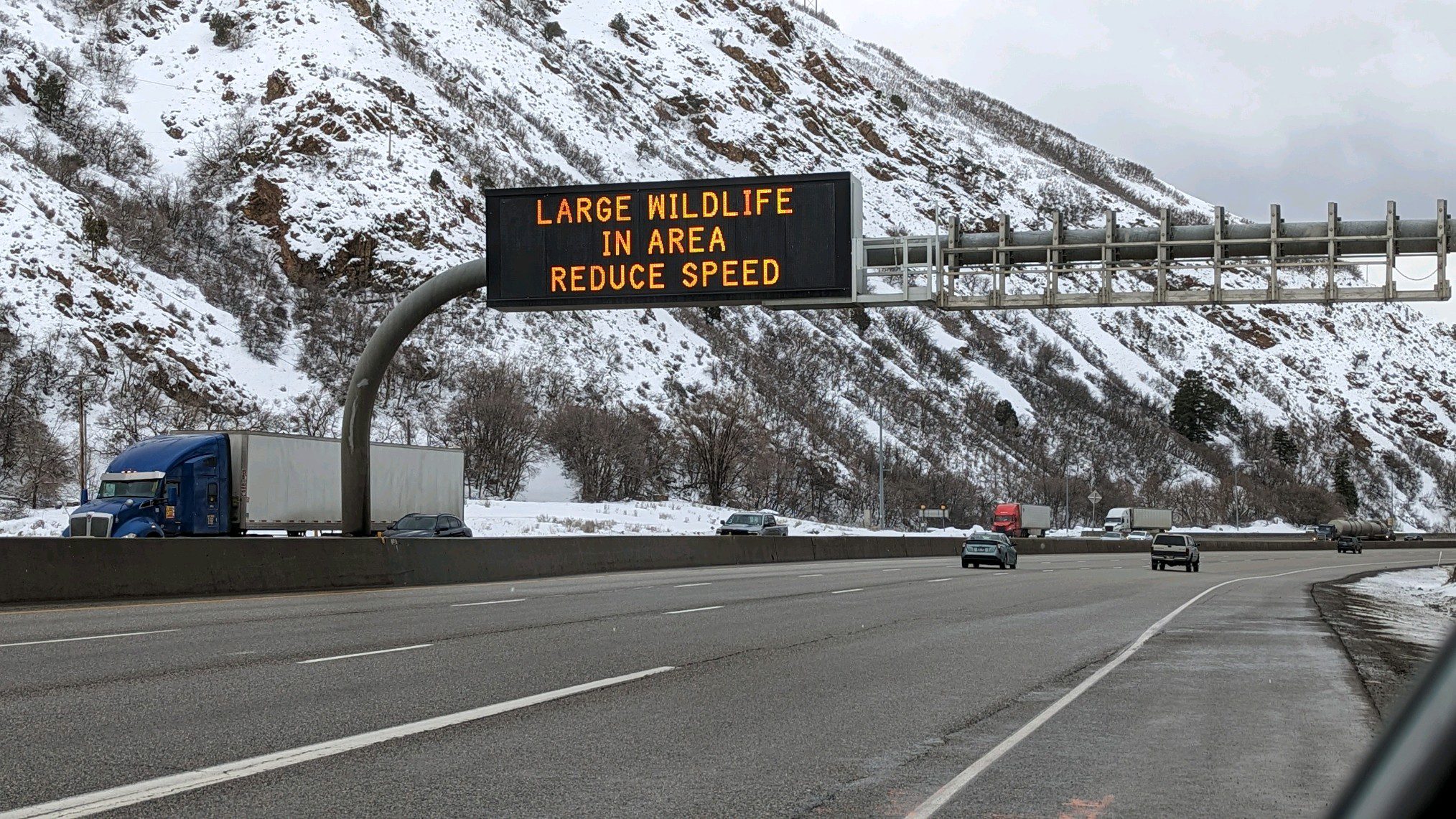Wildlife
Utah DWR conducts rotenone treatment to help cutthroat trout in the Uintas
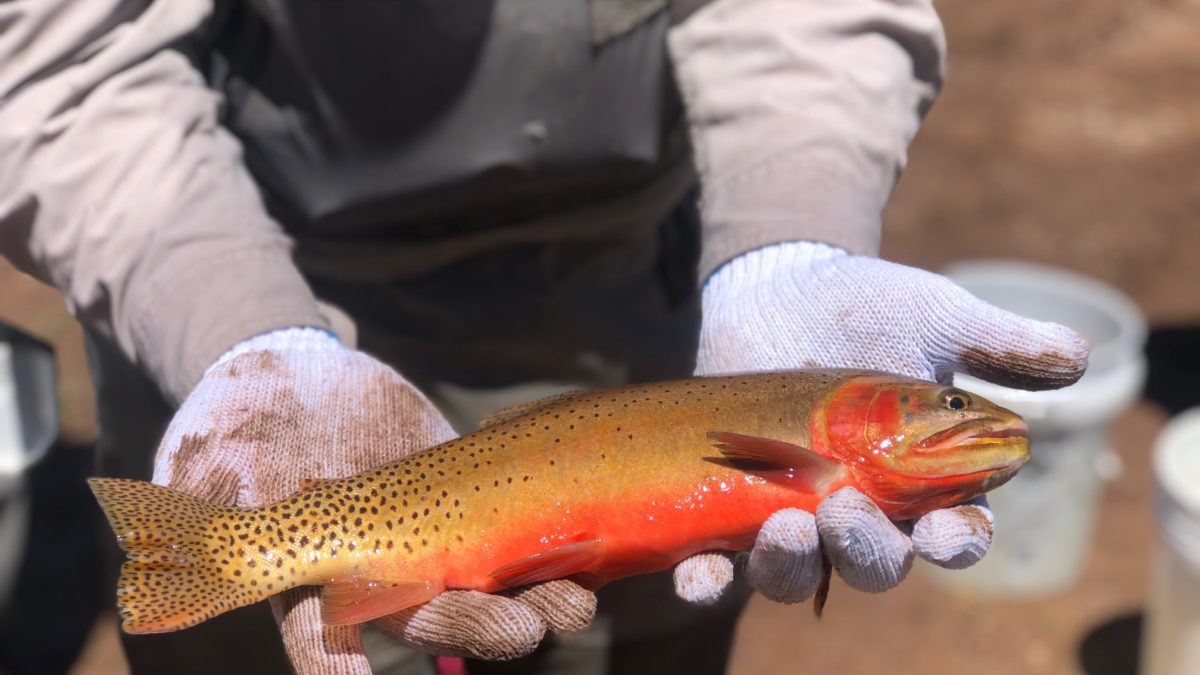
Cutthroat Trout Photo: Image Courtesy of Utah DWR
DUCHESNE COUNTY — Those heading into the Uinta National Forest this summer should know that the Utah Department of Natural Resources (DWR) will conduct stream treatments with rotenone in the High Uintas. The project aims to restore native Colorado River cutthroat trout to their historic range. The treatment will be in coordination with the U.S. Forest Service from the Ashley National Forest. The treatment areas will consist of the West Fork of Carter Creek (north slope), Weyman Creek (north slope), Beaver Creek (north slope), Oweep Creek drainage(south slope), and Porcupine Lake (south slope).
Stream treatment of rotenone is a common tactic for wildlife agencies worldwide. It is a natural substance made from the roots of a tropical plant in the bean family. For fish, it is a respiratory toxin but not dangerous to people, pets, or other wildlife in the extremely low levels that biologists use to treat streams and lakes. DWR recommends that the public stays out of the area so that the crews and equipment on location can complete the work safely and effectively.
“The temporary closure only affects treated waters and prohibits the public from entering the treated water and obtaining drinking water from sources of the treatment area. All hiking trails and other access will remain open to public use,” DWR Northeastern Region Outreach Manager Tonya Kieffer-Selby said.
The treated areas will reopen to the public once the process is over and rotenone levels are no longer detectable. The current estimation is that Oweep Creek drainage will open to the public on Aug.7 and the West Fork area on Sept. 4.

